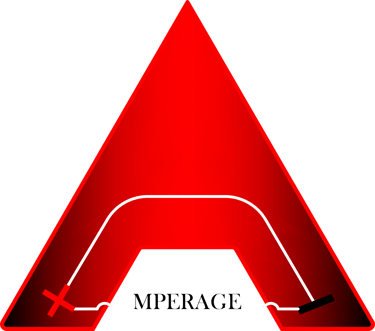Navigating NEM 3.0: Unpacking the Pros and Cons
MALAYSIA SCHEME


NEM 3.0, or Net Energy Metering 3.0, is a significant step in Malaysia's journey towards sustainable energy. It brings several pros and cons to the table for Malaysians.
Pros of NEM 3.0:
Reduced Electricity Bills: NEM 3.0 allows homeowners and businesses to generate their own electricity using solar PV systems, significantly reducing their electricity bills. The energy generated is first utilized before taking electricity from the grid, leading to considerable monthly savings, especially for consumers under higher tariffs.
Financial Benefits for Businesses: Businesses can benefit financially under NEM 3.0. Any excess energy generated can be exported to the utility grid and compensated at the prevailing Displaced Cost as prescribed by the Energy Commission.
Promotion of Renewable Energy: NEM 3.0 encourages the use of clean, renewable energy, contributing to reduced carbon dioxide emissions and a smaller carbon footprint. This aligns with global efforts to combat pollution and climate change.
Incentives for Different Sectors: The program includes different initiatives like NEM Rakyat for homeowners, NEM NOVA for commercial and industrial entities, and NEM GoMEn for government buildings, each with its own set of benefits and allocated quotas.
Long-Term Offset Benefits: Under NEM 3.0, the offset is maintained at the SMP (System Marginal Price) rate for an additional ten years after the first ten years, extending the period of return on investment for solar system users.
Cons of NEM 3.0:
Initial High Costs: Despite the long-term savings, the initial costs for material and installation of solar systems can be significant. However, with the reduction in the cost of solar technology over the last decade, solar energy is becoming more cost-effective.
Limited Quota and Time Frame: The NEM 3.0 program has set quotas for different sectors and is available only for a specific period (until 2023 or until the quota is fully allocated). This limits the number of consumers who can benefit from the program.
Restrictions on System Size: There are limitations on the size of the solar PV system that a homeowner or business can install, which might not cater to all energy needs.
Complex Application Process: The process of applying and getting approval for NEM 3.0 can be complex, requiring engagement with Registered PV Service Providers and adhering to various guidelines and requirements.
In conclusion, while NEM 3.0 in Malaysia offers significant benefits in terms of cost savings and promoting renewable energy, it also comes with its challenges, such as high initial costs and program limitations. However, the overall direction towards a more sustainable and eco-friendly energy solution is clear and beneficial in the long run.
For detailed information and guidelines on NEM 3.0, you can refer to the Sustainable Energy Development Authority (SEDA) Malaysia's website and other relevant resources.
Unfortunately, as of today, NEM3.0 quota has finished due to intense demand. Fret not, we are sure NEM 4.0 will be announce within the following months.
